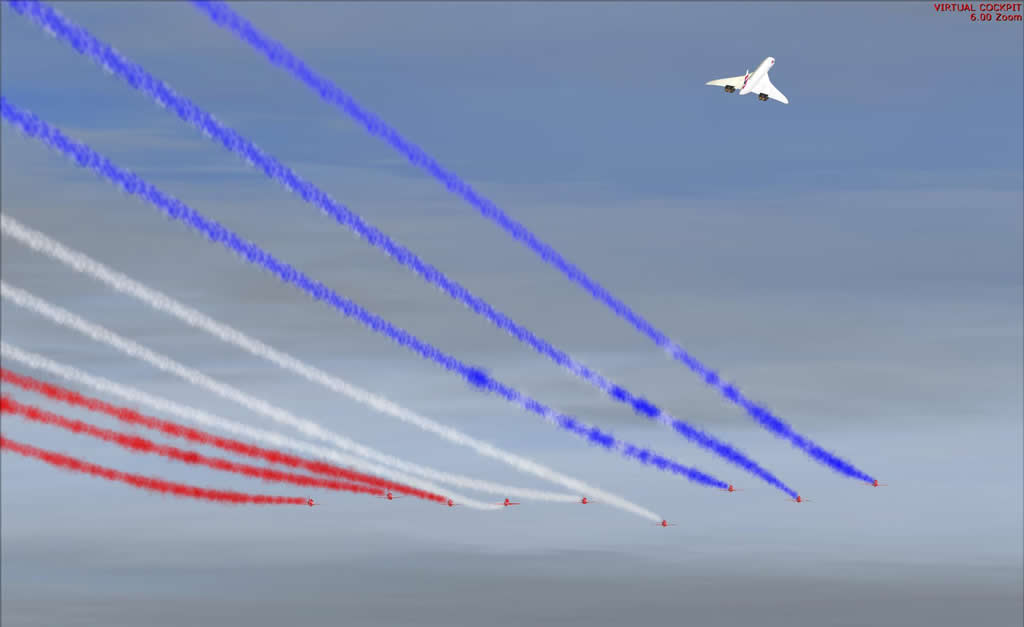 by Katahu » Sat Nov 29, 2003 12:36 am
by Katahu » Sat Nov 29, 2003 12:36 am
For me, I'm working on the Bombardier CRJ-700.
I always make sure to test the visual model before I go any further.
What I do is make a simple shell of the project-in-progress. You know, with the usual objects [wings, fuselage, stabilizers, etc.].
I then divide the fuselage into three sections. The Cockpit section, the Cabin section, and the Rear section. You'll see why.
I then export the basic model into its *.mdl format.
If there is an error with one of the sections of the fuselage [or other object], then the error log will tell me wich one of the section. Then I'll have to figure out which part of the section-in-question [or other object] is causing the so-called Collicated Vertices [this is what I usually from the error log].
That's why I divide the fuselage sections. So that I can further isolate the culprit.
Once all the sections are fine, I then attach them together and weld the vertices together. There, I am done with the fuselage.
I then do the same for any other major part of the basic model [such as the wings] before I add the details.
If I put in the details before I test, and if there is an error log, then I would get confused because of the large number of parts I have created.
So far, for my CRJ-700 for PSW, I have not recieved any errors ever since I fixed the fuselage.
If you are planning on animating your parts, then make sure you test those vital parts before applying any animations. The last thing you ever want is an error log pointing at your animated object. Then there will be a good chance that you might have to start over.











































